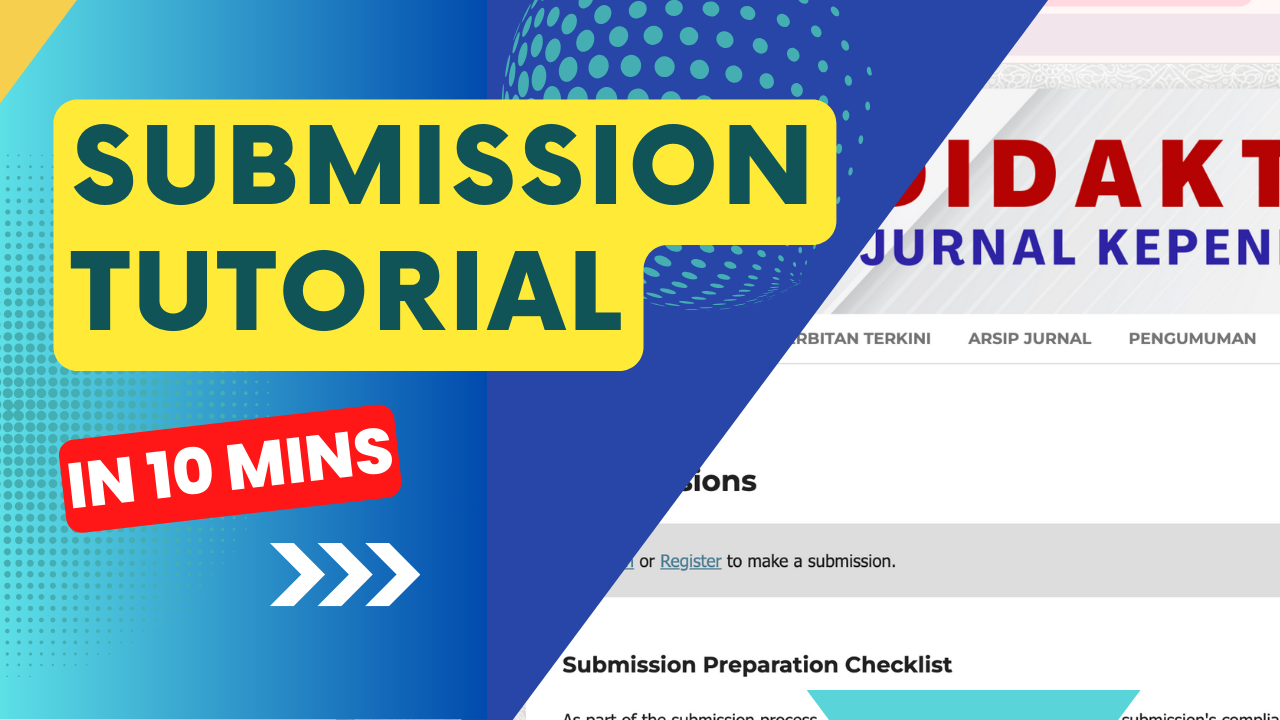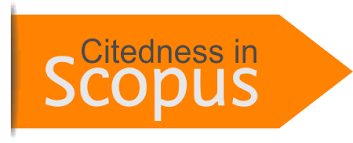Using Kids Coloring Fun Application to enhance Children Vocabulary Mastery at Tumbuh Kembang Kindergarten
Abstract
The research was mainly discussing the use of Kids Coloring Fun Application to enhance the vocabulary mastery of children in the Tumbuh Kembang Kindergarten. The researchers selected the sample from the population by using total sampling technique. The number of the sample was 40 children. This research was a pre-experimental design with one group pretest and posttest. The group was tested after treatment, the test included pretest and posttest that consisted of 25 items. The result of data analysis showed that there was a significant difference between the mean scores of pretest and posttest. The mean score of posttest was greater than the mean score of pretest. The means score of pretest was 5.06 and the mean score of posttest was 8.07. Then, the T-test value was 25.5 and T-table value was 2.042 with df = 39 and α = 0.05. It can be concluded that the use of Kids Coloring Fun Application can enhance children vocabularies. It means that there is a significant difference (H1) of the children vocabularies before and after treatment by using Kids Coloring Fun Application.
Metrics
References
Ahmet, .B., Selahattin.Y., Asli.T.,& Lutfiye.S. (2016). Effectiveness of Mobile Applications in Vocabulary Teaching. Contemporary Educational Technology, 7(1), 47-59.
Fitrianingsih, N., & Sari, N. S., N., I. (2019). The Influence of Picture Coloring on Fine Motor Development in Children Aged 4-5 Years. Journal of Science Innovare, 2(2), 19-22.
Gay, L. (2015). Educational Research, New.York. Charles Merill Publishing. Co. A Bell and Howel Company.
Hariadi, I., & Amir, Z. (2014). Teaching English Vocabulary through K.I.M (Key Word, Information, And Memory Clue) Vocabulary Strategy in Junior High School. JELT, 2(2), B, 111-119.
Jati. A., Gumawang. (2018). The Use Of Smartphone Applications In English Language Teaching And Learning. Jurnal Sosioteknologi, 17(1), 144-153.
Murcia, Murianne Celce & Olshtain. (2002). Discourse and Context in Language Teaching. A Guide for Language Teachers. Cambridge: Cambridge University Press.
Nunan, David. (2001). Language Teaching Methodology. New Definition. New York.
Pinto, M., & Zuckerman, S. (2018). Coloring Book: A new method for testing language comprehension. Behavior Research Methods, 51(6), 2609-2628. doi:10.3758/s13428-018-1114-8
Susanti., A. (2017). The Application of Classroom Management in English Language Teaching to Increase Students’ Speaking Ability at Tenth Grade of SMK Trisakti Bandar Lampung. Pedagogy Journal of English Language Teachin, 5(2), 113-121.
Tohe, A., Al-Ayubi, M. A., & Maksum, A. (2019). Developing an Android-based Screen Lock Application for Arabic Vocabulary Enrichment of the Tenth Graders at the Madrasah Aliyah. KnE Social Sciences, 3(10), 400-408. doi:10.18502/kss.v3i10.3923
Wang, B. (2017). Designing Mobile Apps for English Vocabulary Learning. International Journal of Information and Education Technology, 7(4), 279-283. doi:10.18178/ijiet.2017.7.4.881
Wu, Q. (2014). Learning ESL Vocabulary with Smartphones. Procedia - Social and Behavioral Sciences, 143, 302-307. doi:10.1016/j.sbspro.2014.07.409
Wulanjani, A. N. (2016). The Use of Vocabulary-Games in Improving Children’s Vocabulary in English Language Learning. Transformatika, 12(1), 76-83.
Zakir, H. (2018). The Effects of ICT-Based Learning On Students’ Vocabulary Mastery in Junior High Schools in Bandung. International Journal of Education, 10(2), 149-156.
Dengan mengirimkan naskah artikel, berarti penulis setuju dengan segala kebijakan yang ditetapkan oleh jurnal dan penerbit.
Penulis menyatakan bahwa:
- kebijakan ini telah diketahui dan disetujui bersama oleh semua penulis;
- naskah artikel belum dipublikasikan secara resmi sebelumnya di media ber-ISSN atau ber-ISBN yang terdaftar, kecuali dalam bentuk abstrak atau sebagai bagian dari materi kuliah, atau skripsi/tesis/disertasi yang tidak diterbitkan;
- naskah tidak sedang dalam proses editorial dan dipertimbangkan untuk publikasi di tempat lain;
- publikasi naskah ini telah disetujui oleh semua penulis, institusi afiliasi penulis, otoritas yang bertanggung jawab, dan lembaga di mana kegiatan telah dilakukan;
- naskah berisi materi yang aman dari pelanggaran hak cipta;
Perjanjian Hak Cipta dan Lisensi
- Penulis memiliki hak cipta dan hak kepemilikan lainnya yang terkait dengan artikel.
- Penulis memiliki hak dan diizinkan untuk menggunakan substansi artikel untuk karya-karya penulis berikutnya, termasuk untuk keperluan bahan/materi kuliah dan buku.
- Penulis menyerahkan hak publikasi pertama kepada jurnal dengan di bawah Lisensi Creative Commons (CC BY 4.0).
Pernyataan Lisensi CC BY 4.0
Anda diperbolehkan:
- Berbagi — menyalin dan menyebarluaskan kembali materi ini dalam bentuk atau format apapun;
- Adaptasi — menggubah, mengubah, dan membuat turunan dari materi ini untuk kepentingan apapun, termasuk kepentingan komersial.
Pemberi lisensi tidak dapat mencabut ketentuan di atas sepanjang Anda mematuhi ketentuan lisensi berikut ini.
- Atribusi — Anda harus mencantumkan nama yang sesuai, mencantumkan tautan terhadap lisensi, dan menyatakan bahwa telah ada perubahan yang dilakukan. Anda dapat melakukan hal ini dengan cara yang sesuai, namun tidak mengisyaratkan bahwa pemberi lisensi mendukung Anda atau penggunaan Anda.
- Tidak ada pembatasan tambahan — Anda tidak dapat menggunakan ketentuan hukum atau sarana kontrol teknologi yang secara hukum membatasi orang lain untuk melakukan hal-hal yang diizinkan lisensi ini.






.png)








